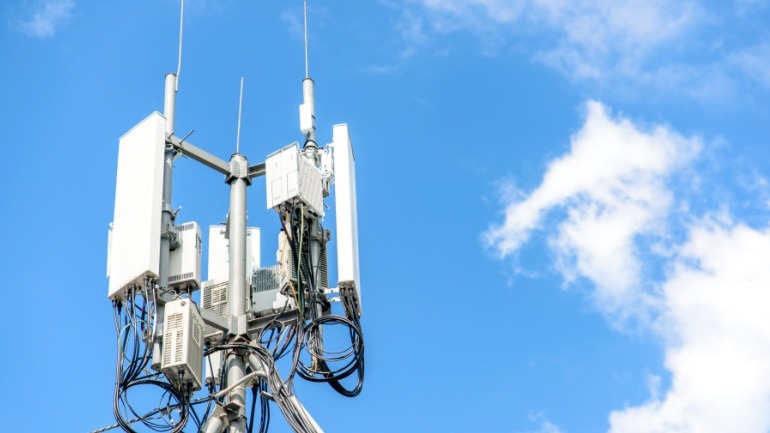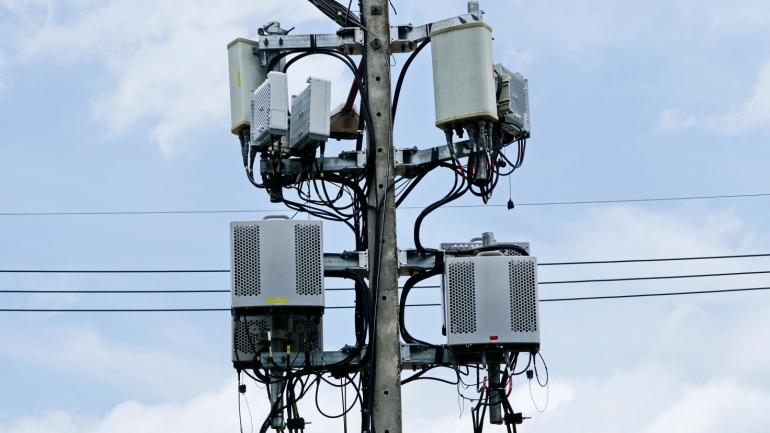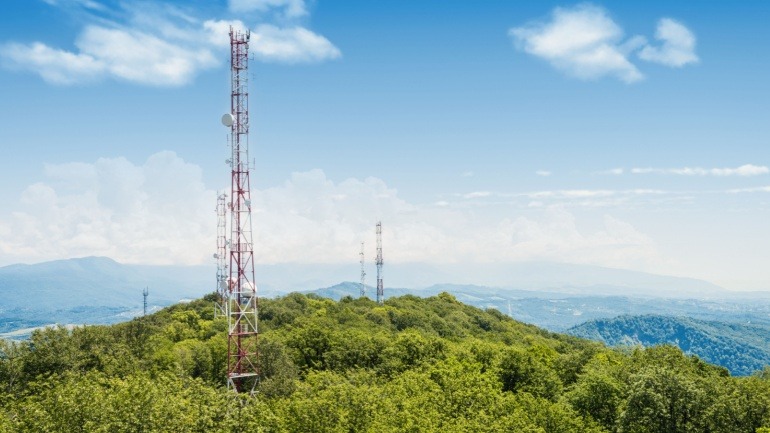Vodafone Idea is advancing India’s telecom infrastructure by expanding its 5G network to 23 more cities, including Ahmedabad and Jaipur. This strategic rollout leverages AI-driven Self-Organising Networks for optimized performance. By partnering with Nokia, Ericsson, and Samsung, Vodafone Idea ensures robust 5G coverage.
Nokia’s collaboration with defense giant Leonardo marks a pivotal expansion of its private 4G and 5G capabilities, targeting critical industries like public safety and defense. This Europe-made solution features high-security, real-time communication, vital for rigorous industry demands.
Nokia has successfully delivered essential 5G equipment to Vodafone Idea, supporting its mid-March rollout in Mumbai, followed by Delhi, Bengaluru, and more. The partnership includes over 60,000 tech sites and advanced AirScale solutions for improved efficiency.
Virgin Media O2 has announced a £700 million investment to enhance its 4G and 5G networks by 2025. This move is part of its expansive Mobile Transformation Plan, crucial for accommodating the surge in mobile data usage.
Colt Technology Services has launched Managed LEO+, a cutting-edge solution combining LEO satellite connectivity with 4G and 5G. Now available in 65 countries, it ensures resilient digital infrastructure for businesses in remote areas.
Virgin Media O2 is advancing Birmingham’s network with more 4G small cells, enhancing mobile capacity in crowded areas like the city center. These compact base stations, often installed on street furniture, boost network performance.
Nokia Bell Labs is pioneering lunar communication through the Lunar Surface Communication System with Intuitive Machines. This 4G/LTE network will power seamless connectivity for upcoming lunar missions, enhancing communications for exploration vehicles.
Indosat Ooredoo Hutchison and Nokia’s partnership is set to transform Indonesia’s connectivity landscape by expanding 4G and 5G networks. This collaboration leverages Nokia’s cutting-edge radio technology to boost network coverage and quality.
Ericsson extends its partnership with Bharti Airtel to revamp its telecom network with cutting-edge 4G and 5G Radio Access Network (RAN) technologies. This collaboration enhances Airtel’s coverage and capacity, promising superior speed and reliability.
EE’s innovative deployment of a mobile tower on the Isle of Skye enhances 4G connectivity in rural areas. Providing reliable coverage, the tower supports local businesses while reducing visual disruption.













